No, this is not the name of another royal baby… it’s about my third attempt to build a 2m antenna for my SOTA activations. In my earlier iterations I was unable to strike the balance between size/weight and usability.
What happened so far:
My first attempt to build a Yagi-Uda antenna was based on a design by Paul/KD5IVP. It worked, but had some crucial flaws for my endeavors. It was a 3-element antenna made out of piano wire and a carbon fiber arrow as a boom. Very small and lightweight indeed but in high winds/gusts the elements were flapping like a seagull during take-off. It’s demise came on it’s second outing… the arrow broke in half while bushwhacking up a mountain and I lost some of the piano wires in the woods. To read more about it and to see it in action check out this post.
I then moved on to a tape measure 3-element antenna based on a design by Joe/WB2HOL. It worked well and accompanied me on several activations – even a few 14ers (Summits higher than 14’000 ft / 4267m). My main gripe with this antenna is that it is delicate to transport as well. The steel tape gets kinked easily since the antenna is strapped to the outside of my backpack. It’s rather easy to replace the director and reflector, but soldering the coax to the steel radiator is another story. It turned out that this design is also vulnerable to high winds and your arms start to feel the weight after a few minutes without support. You can see the antenna in action in this video, around 3:30 into the clip.
The one?
I continued my research for a suitable 2m Yagi-Uda which would fit my requirements:
- Lightweight (but sturdy enough to withstand high winds)
- Easy and save to transport
- Easy to build (even for me)
I eventually stumbled onto IZ2UUF’s Website – an Italian radio amateur who enjoys hiking and playing with radios as well. He designed an 4-element Yagi-Uda weighing only 80 grams (~2.9 ounces)!! All elements fit into the carbon fiberglass boom (fishing rod) for easy transport with no matching network necessary. The description to build the antenna focused on the critical parts with excellent pictures to support the instructions.
Davide/IZ2UUF modeled the antenna with 4NEC2, a free antenna modeling software package. Since he shared his input file with me, I took the opportunity to download the free SW and to learn more about antenna modelling. After a few more e-mail exchanges with him I was convinced by his design and started to source all the parts.
I did not have a fiberglass fishing pole available and opted to use a plastic one I had lying around. Davide is using aluminum welding rods for his elements which I could not find at the desired length/diameter here in the US. I therefore ordered aluminum alloy 6061 rods instead (1/8″ x 6′ ) from a supplier in IL (for details see the resource section below). My build also differs in the connector (BNC instead SMA). All these changes resulted in a slightly heavier (194 g / 6.8 ounces) first version compared to Davide’s antenna. My boom alone is heavier than Davide’s complete antenna (96 g / 3.4 oz). However, I am planning to improve/reduce the weight in version two.
I had a chance to use the antenna over the week-end during the CO-14er event. All I can say so far is that it worked well and that the weight is not an issue at all… huge improvement to the tape-measure version.
Comparison:
Resources:
- IZ2UUF Website – Read his excellent instructions
- 4NEC2 SW:
- free download
- input file for this antenna design (right click=>save as)
- Youtube tutorial by dx2hunt for a quick start
- Multipurpose Aluminum Alloy 6061 Rods – 1/8″ x 6′ from McMaster-Carr
More pictures:
- Radiator ready for soldering
- Mold formed from a business card (4x8x50 mm)
- Radiator in the mold, ready for sealing with Epoxy
- Encased in Expoxy
- Encoded elements
- Elements fit into boom
- Encoded elements/holes
- Closing up the end with a rubber ‘cork’ from local HW store
- Elements fit into boom
- Plastic end from local HW store
- The top is closed up
- Choke (3 turns over 33 cm of RG-58)
- Creating an adapter for a Buddipole mast (PVC + part of a broken whip)
- The final adapter
- SWR measurements
- SWR measurements
- The antenna on the BP mast
- Close-up
- Feedline with choke
- Close-up of adapter
- Close-up of choke
Acknowledgements:
My thanks go to Davide/IZ2UUF for the design and follow-up communication as well as to Bryan/NØBCB for letting me borrow his antenna analyzer.
Feel free to add your questions and/or comments
73, Matt/KØMOS
![]() !! WARNING !! There are old mountaineers, and
bold mountaineers... there are no old-bold mountaineers.
Hiking and mountain climbing are potentially hazardous activities particularly in Colorado with its extreme elevations. I am not accepting responsibility for any death or injury resulting from activations based on my trip reports. Proper training, experience, and personal capability assessment is required - enjoy!
!! WARNING !! There are old mountaineers, and
bold mountaineers... there are no old-bold mountaineers.
Hiking and mountain climbing are potentially hazardous activities particularly in Colorado with its extreme elevations. I am not accepting responsibility for any death or injury resulting from activations based on my trip reports. Proper training, experience, and personal capability assessment is required - enjoy!











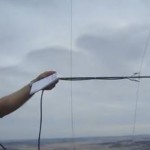
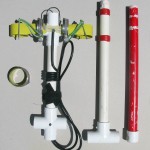
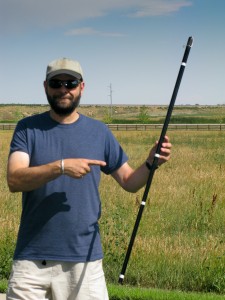
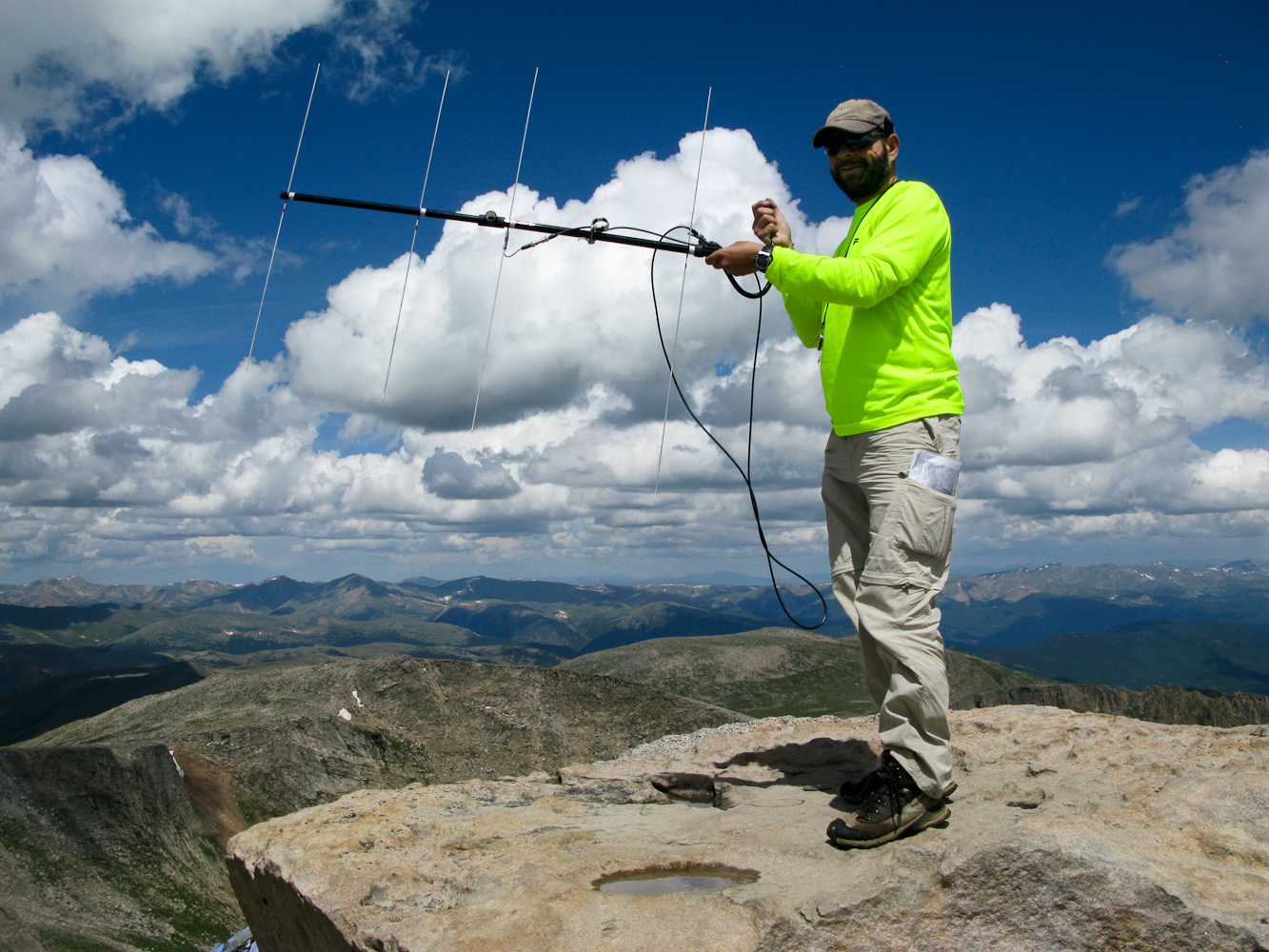
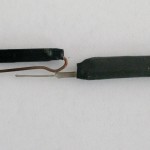
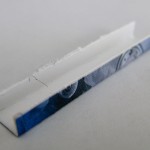
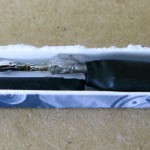
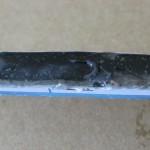
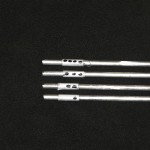
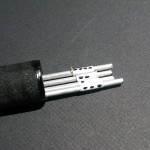
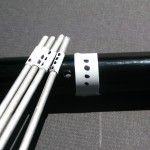
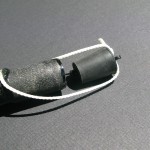
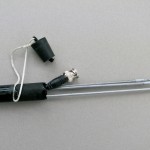
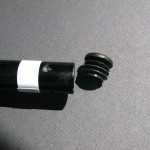
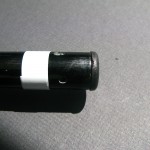
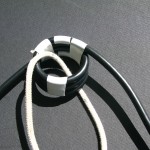
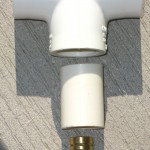
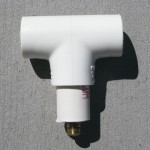
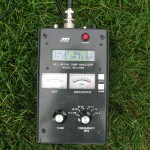
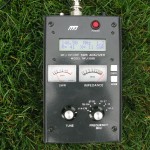
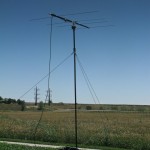
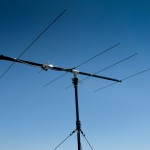
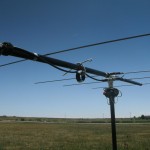
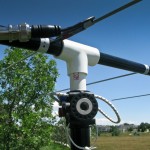
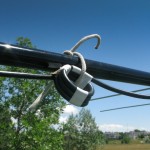
Pingback: Ultra-lightweight 2m Yagi for SOTA | KØMOS's SOTA outings
Pingback: Activation Alert: K0MOS on W0/PR-025 and W0/FR-007 on 8/10/13 | KØMOS's SOTA outings
Pingback: Activation Alert: K0MOS on W0/FR-194 and W0/FR-107 on 9/5/13 | KØMOS's SOTA outings
Hi Matt!
Thanks for your comments on the US build of the IZ2UUF portable yagi. I was also interested in building from his design and activating some summits here in the Smokies. I’m curious about the mast you’re using. Can you tell me more about it or link me to some info? It looks kinda heavy for toting up to the top of a mountain…
Hi Josh, I am using my Buddipole ‘Shockcord Mast’ I am carrying for HF antennas anyways. I shortened it to ~6ft (removed two of the elements) and the final weight is >300 grams. I also played around with hiking/skiing poles velcroed together but with the high winds around here I am not convinced about this solution. Here the link to the Buddipole mast: http://www.buddipole.com/shockcordmast.html
Hope that helps, otherwise let me know.
73, Matt
Hi there,
I have also made a lightweight Yagi based on KD5IVP’s design. I experienced the elements waving around in the wind, but it still seemed to work. My biggest problem was the beam was 1m long (standard length for pre-cut pieces in the store) and the longest element (the reflector) was 1.041m long, so it didn’t fit all the way inside the beam. Because the whole thing was so long it would catch on trees and rocks when hiking and would often get bent and eventually it snapped. I didn’t lose the elements, but they were horribly bent and curled.
I have a new design which uses the same measurements but each element is split in two (obviously the driven element was already two pieces). I use three clamp washers along the beam, which is now about 660mm long, to grip the two halves of each element. The reflector and director have metal washers to allow conduction between the halves, but the driven element has plastic washers. Now the longest element is just over 520mm so it fits inside the beam. I added a 6mm threaded stud at the reflector end so I can screw on a handle or an extension.
I still use the croc-clips with an SMA pigtail for connecting to the driver, so they have to be stored separately, as well as the feedline, but that’s ok.
It takes a little longer to assemble, because the clamp washers are fiddly, but I’d rather have that than lose the antenna en route. I missed out on SOTA points on the day it broke as there was no-one on HF to talk to.
I don’t have any measurement of its performance, but it does work. I will add some details to my blog later and post here when they are available.
73,
Andrew HL5ZBA
UPDATE: Here the link to Andrew’s blog
http://irongarment.wordpress.com/2014/01/27/collapsible-kd5ivp-backpacking-yagi-antenna/
Thanks for the info, looking forward to your blogpost.
Matt/K0MOS
Pingback: Colorado 14er Event: WØC/PR-Ø2Ø and WØC/FR-ØØ3 | SOTA outings by KØMOS and contributors
Hi Matt, why don´t you use carbon fiber rods als Yagi-Elements? Or hollow carbon fiber tubes with litz wire? I’m just ordering the parts from HobbyKing, but perhaps this is a crackpot idea? What do you think?
Hi Torsten, I don’t think it is a crackpot idea at all :)
However, I don’t see any advantage of using wire/carbon fiber tubes instead of the aluminum rods. I think it will add more parts/complexity? Let me know how it turns out… always looking for improvements.
Best Gruesse aus dem sonnigen Colorado
Matt
Hi there…
The link to the NEC-File is broken :-(
> input file for this antenna design (right click=>save as)
..ends in a File not found
Link is fixed